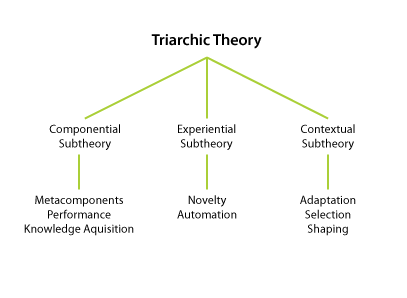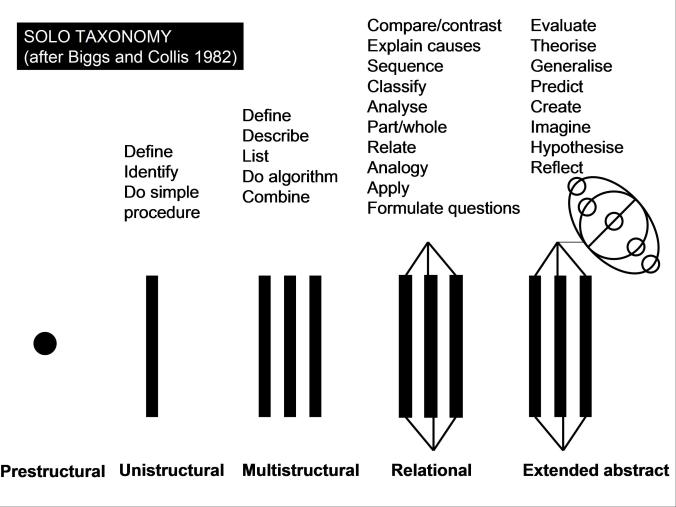I hear teachers talking a lot about using the idea of levelling from games in their classrooms. The basic idea being that students complete a set of activities sufficiently to ‘level up’ to presumably harder work or for a reward. This is like designing a learning activity on the idea that a Rom-Com usually has a happy ending.
I don’t want to overly gamesplain this .. but simply to offer two ways of thinking about how levels can work. Both work, but the SOLO Taxonomy is probably better known – and has Blooms-like verbs to help guide the sequence.


If you are going to have students set out on an enquiry, the trick is to set each level up so that students can work through several activities which operate at these levels. The more able will quickly run over the lower levels, and those less able will have sufficient foundations to try relational and extended abstract. So levels are really about setting up learning such that whatever they are finding out moves from fuzzy and isolated to concrete and abstract – to a new situation – even if its visual arts!
I’m not clear what the perils are of leveling, from this piece. You seem to be saying at the end that ‘good’ leveling is like a system for scaffolding understanding. Could you extend a bit on this?